
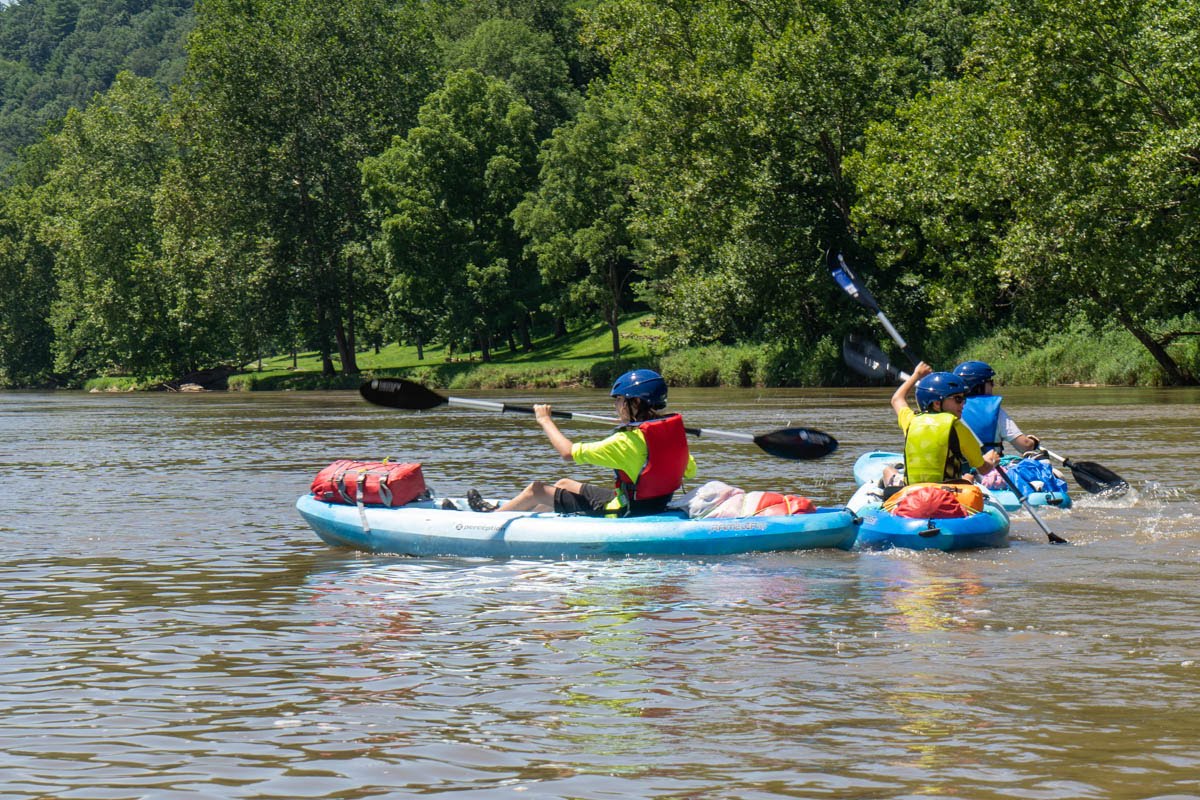
Expedition on the New
Twelve eager young people and four BRDC staff set out on one of our favorite summer adventures: a four-day, three-night expedition down the New River, camping on its banks by night and paddling on its waters by day.
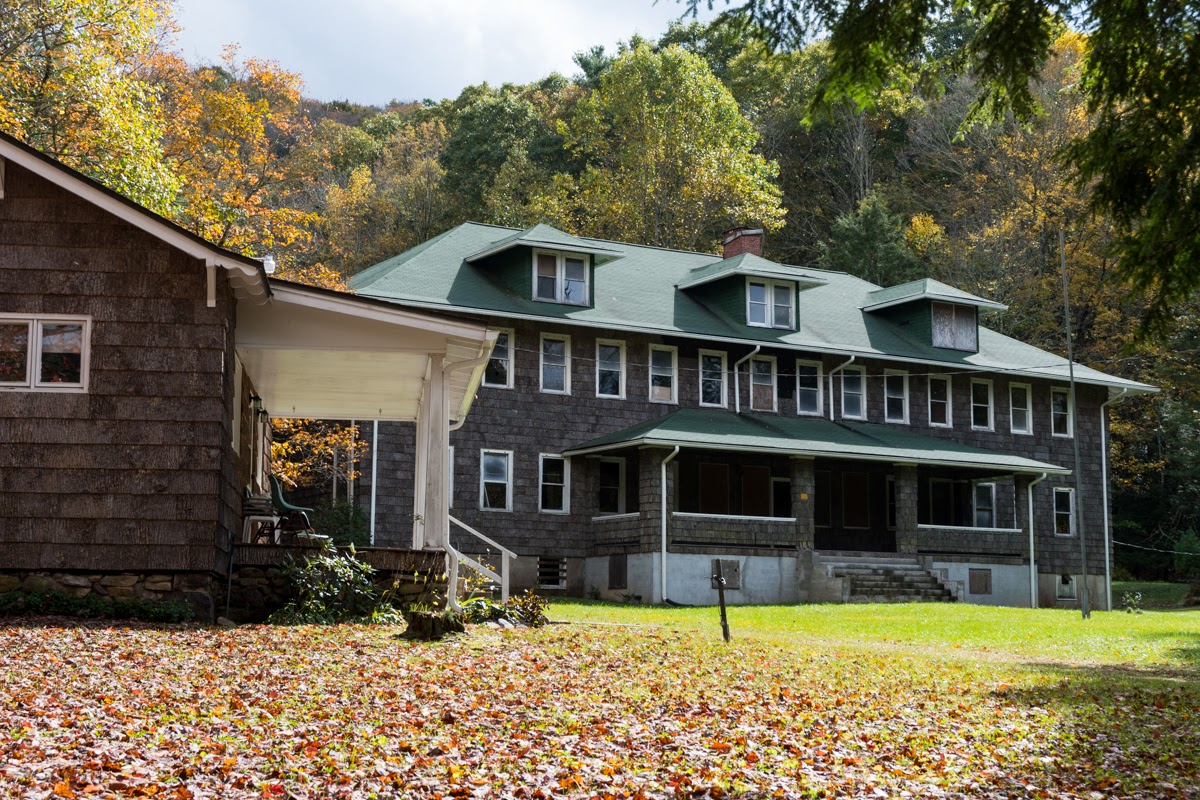
The Cabell Foundation Grants BRDC Opportunity to Complete Restoration Goal
We are excited to announce that we have recently been awarded a challenge grant that, when matched by donations within the community, will push us to fully achieving our restoration goal for our future Center!

Kicking Off a Summer of Discovery
From festival to forest to field, there is much to discover across the Blue Ridge during the summer. Check out what we have been up to with our friends!
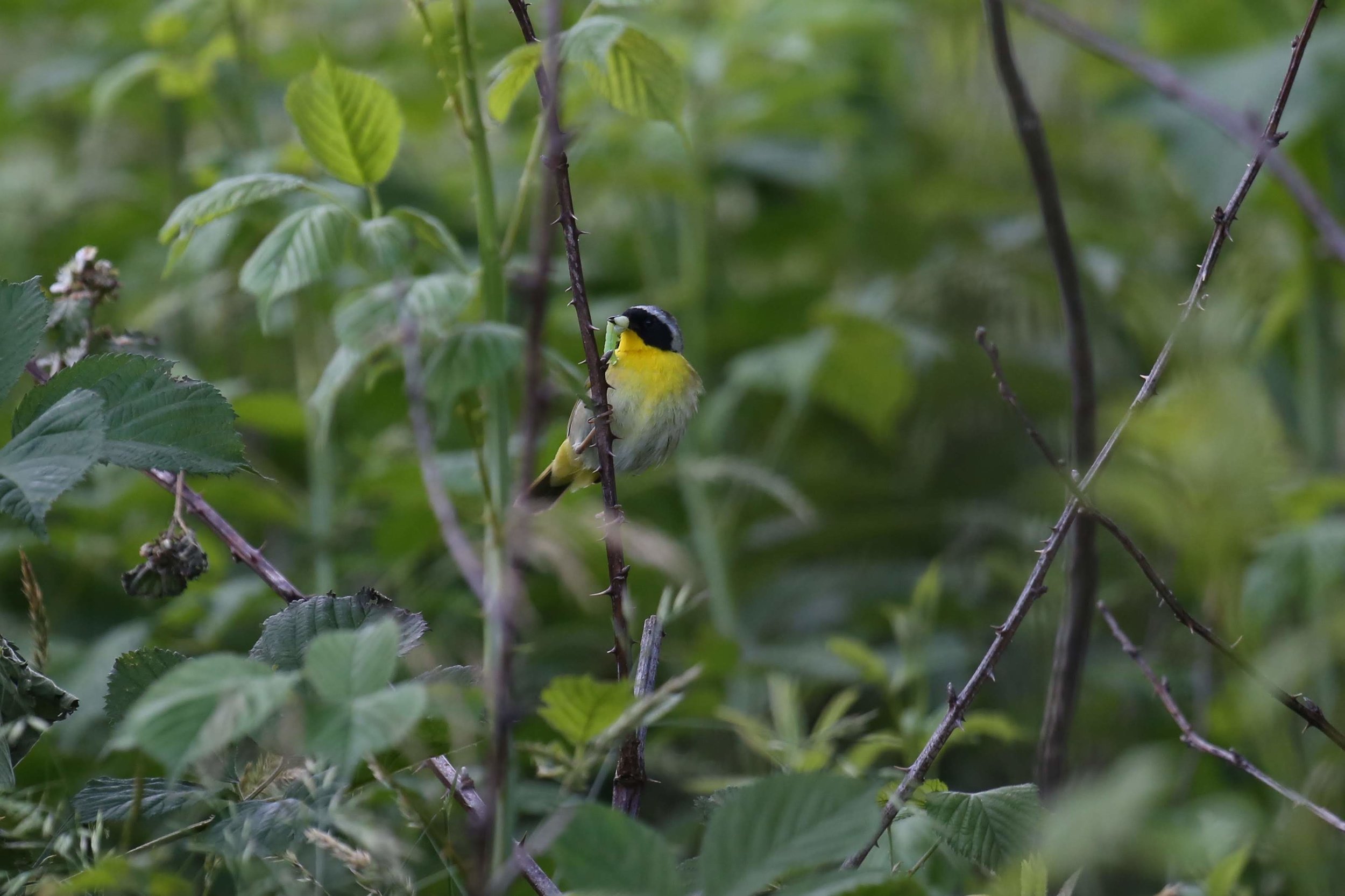

Nature Inspires Art as Stryk Inspires Naturalists
Art is a key component of Blue Ridge Discovery Center’s approach to discovery. Art provides each of us - regardless of perceived ability - with the opportunity to observe closely, to ask questions, and communicate our findings. In other words, it allows us to explore, discover, and share.
One member of our community, Suzanne Stryk, has devoted a great deal of time to the observation and investigation of nature, communicating her findings through sketches, paintings, and assemblages.

Great Outdoor Provision Co. & Our Story
The team at Great Outdoor Provision Co. set out to tell the story of Blue Ridge Discovery Center. But it's not just about us. This is a story about you, about your kids, about the mountains and forests and streams that we appreciate together. This is a story 10,000 people strong.


The Secret Life of Our American Treecreeper
The brown creeper (Certhia americana) is a bizarre bird. If you’re not looking for them, they are virtually invisible against the craggy bark of large trees.

Along the Creek
The sun was shining and spirits were high this past week when we had the opportunity to journey into Grayson Highlands State Park with a seventh grade group from Grayson Highlands School.

2019 Species T-shirts Now Available!
Each year, Blue Ridge Discovery Center designs stylish graphic tees featuring a collection of species that are unique to our region.
The 2019 Species Shirt Collection is now available in our Online Shop. Adult and youth options are available. Continue reading for full descriptions!
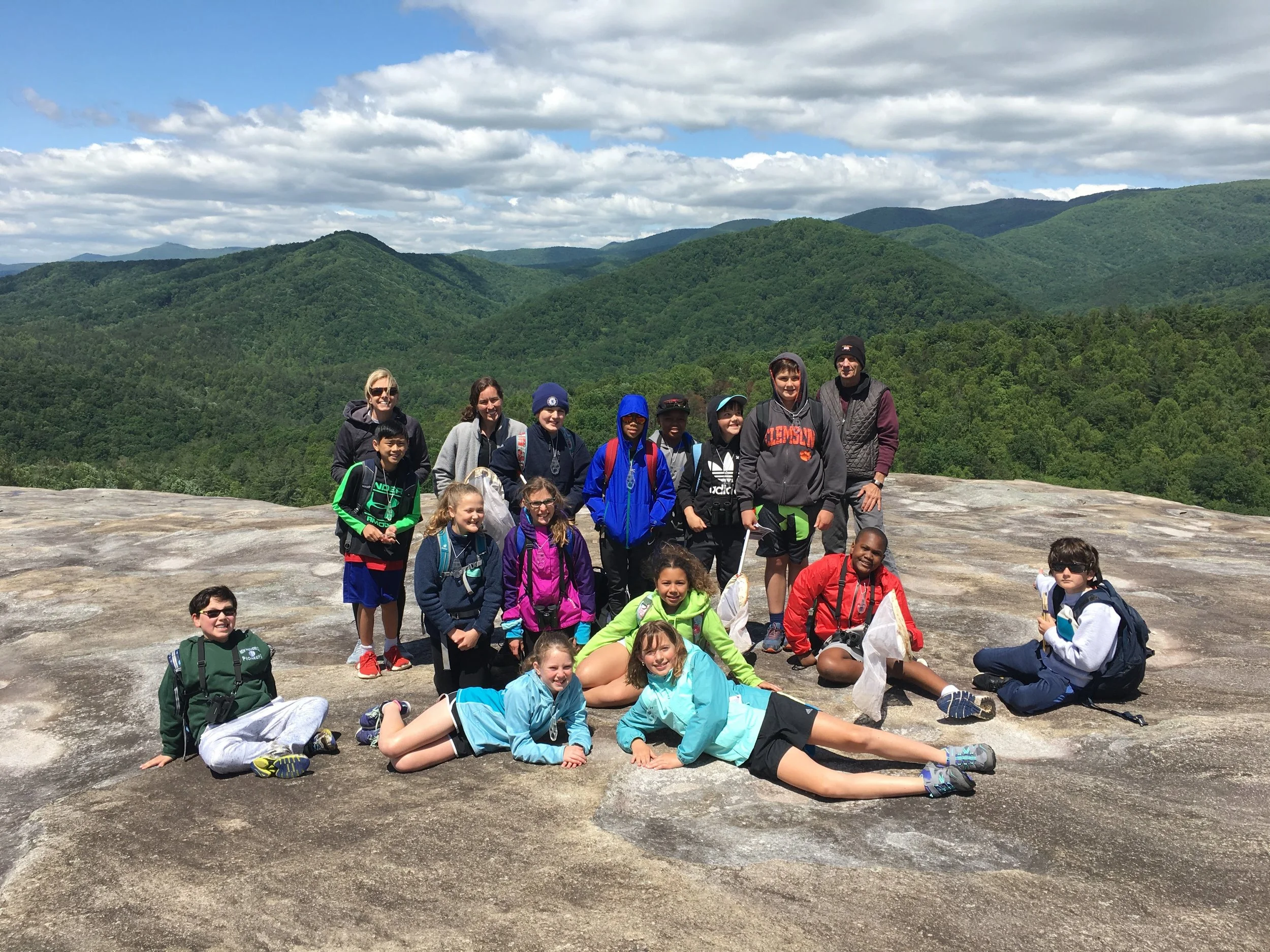
At the Summit
A beautiful week of sunshine and cool weather was spent with the 5th graders from Summit School.
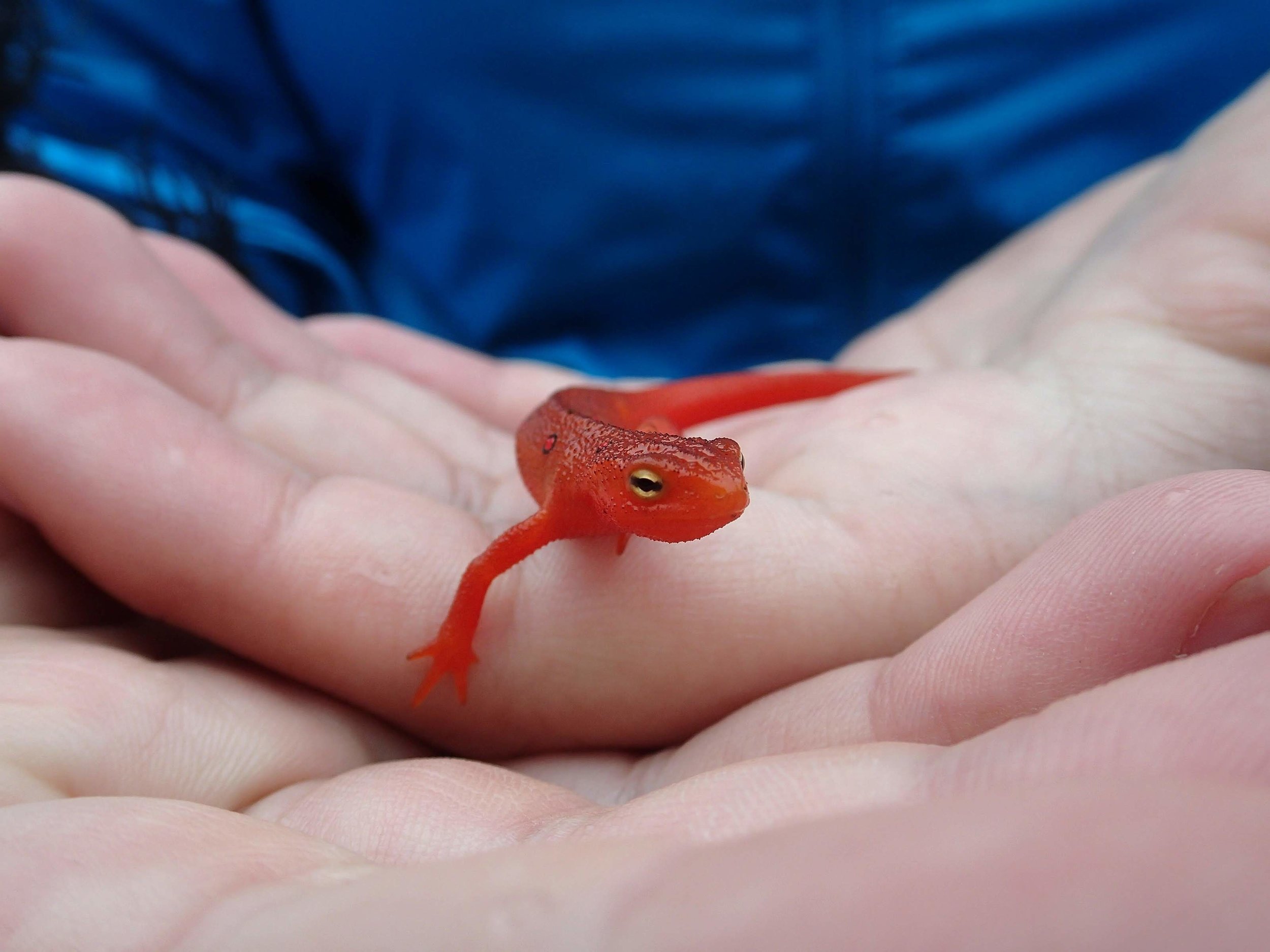
The Rain Did NOT Dampen the Weekend
The 45th Annual Mount Rogers Naturalist Rally, held May 10th-12th was a big success!
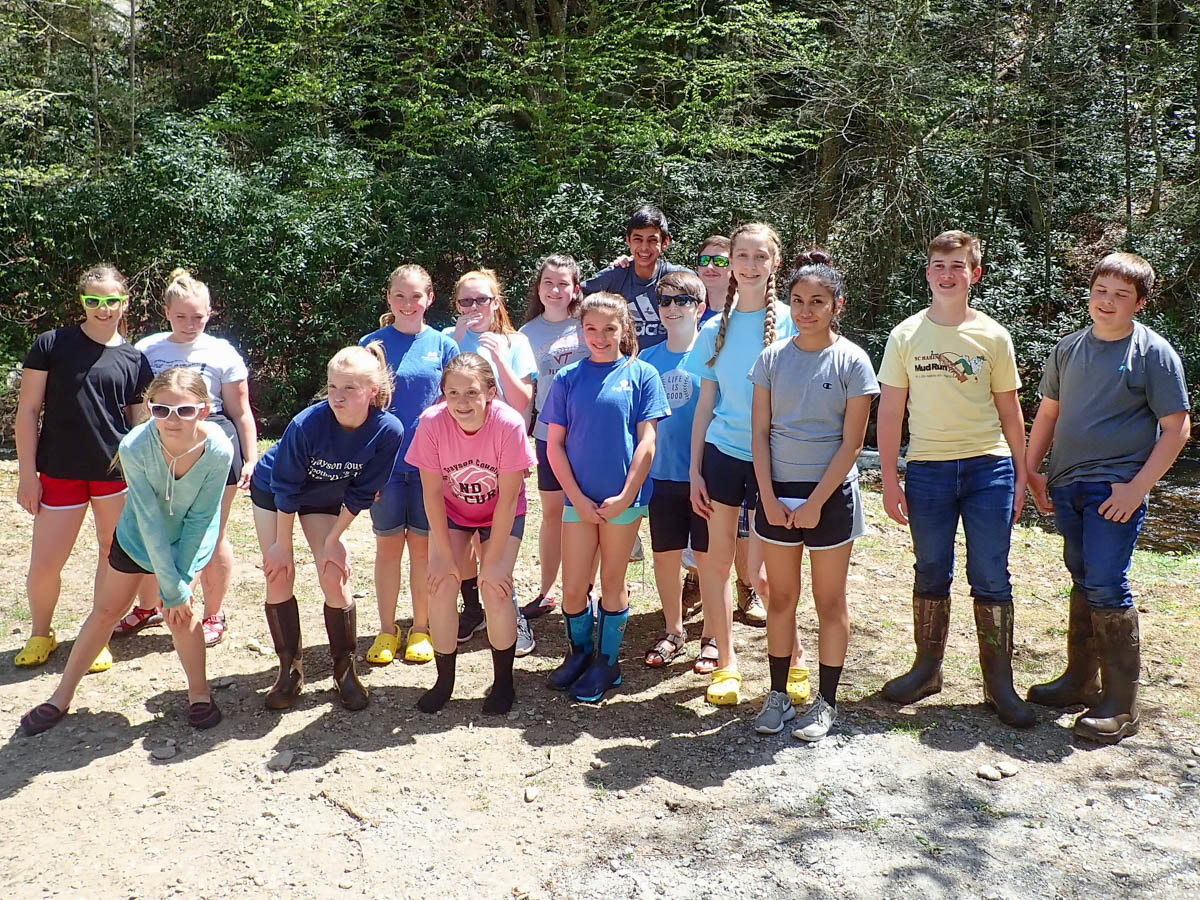
Trout in the Classroom
Release day is a big deal for students as they set free nearly 100 tiny brook trout after watching and caring for them over the span of an entire school year
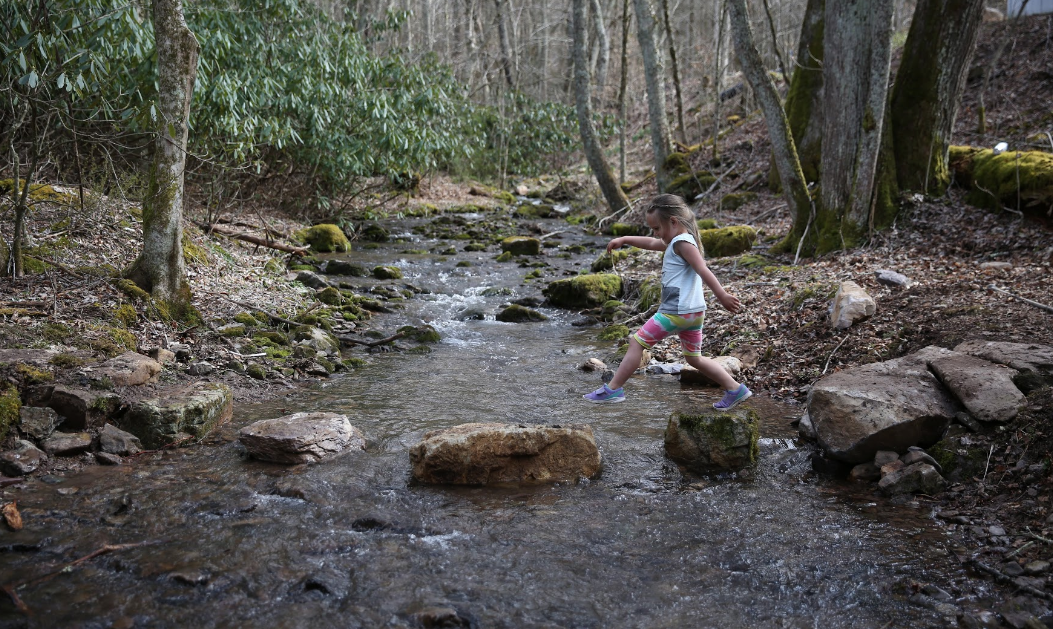
The Beginnings of Our First Nature Trail
Through the ingenuity, brute force, and determination of a group of volunteers led by Luke Benish, the beginnings of our first on-site nature trail have been established!
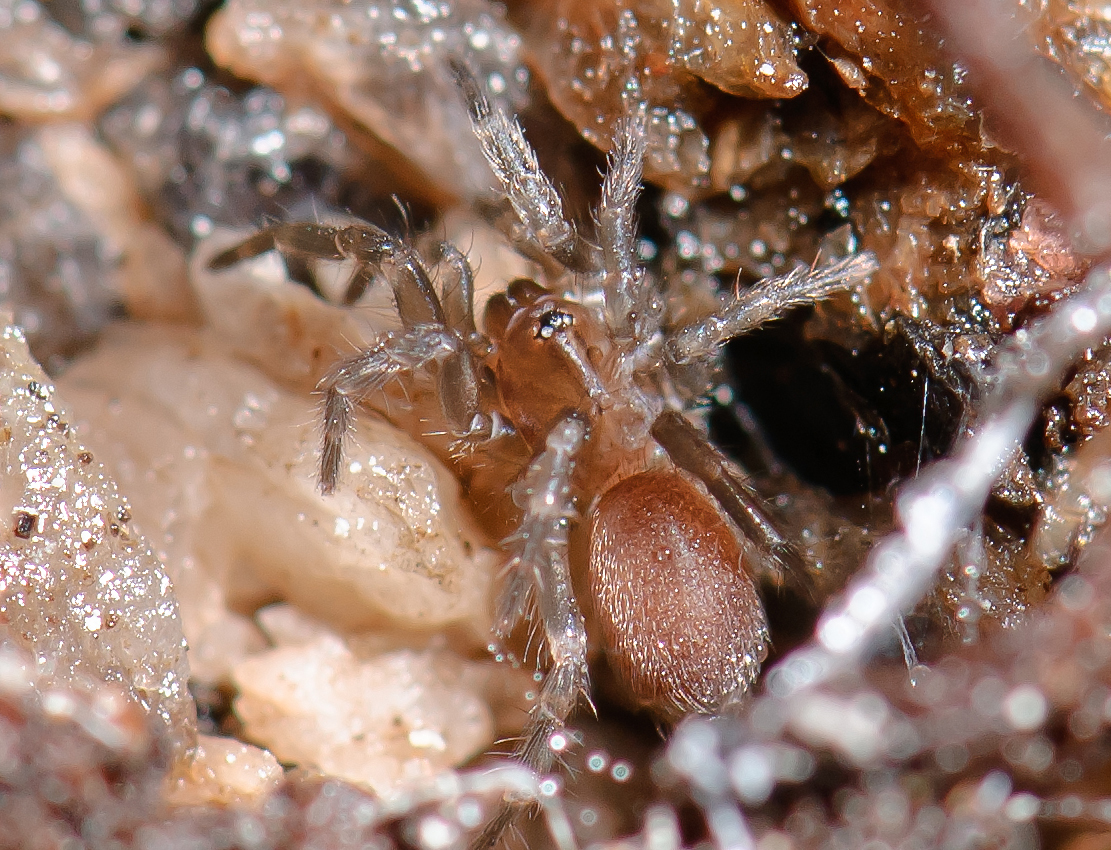
The Spruce-Fir Moss Spider: At the Peak of Unique
The high-elevation forests of the Blue Ridge provide habitat for a number of species not found at lower elevations, or anywhere else in the world. Among these unique species is the spruce-fir moss spider.

Happenings with BRDC in the Schools
Each month, BRDC shares elements of the natural history of the region with the students in elementary schools in Grayson and Washington Counties.

BRDC’s 2019 Overnight Summer Camps
From the birds of the balds to the rapids of the river, Blue Ridge Discovery Center offers an array of opportunities for youth to engage in the Summer Outside. Read on to learn about our 2019 Summer Camps, including how you can take advantage of our discount offers and claim your child’s spot!

Botanical Artist & Illustrator, Lara Call Gastinger, to Speak at Mount Rogers Naturalist Rally
Amid winter’s decaying leaves, forgotten acorns, and the emerging buds of spring, one might also find pens, journals, and watercolors . . . in the capable hands of Lara Call Gastinger, our Featured Speaker for the 45th Annual Spring Mount Rogers Naturalist Rally.

Enrichment with Galax Middle School
What a week loaded with lots of fun both inside and out! The students of Galax Middle School played games, made camp, knapped arrowheads, and caught BIG fish.

Uncovering the Secrets of Northern Saw-whet Owls
As a charismatic representative of the high elevations within the central Appalachian Mountains, the northern saw-whet owl (NSWO) is a perfect ambassador to highlight the unique ecology of southwest Virginia’s Blue Ridge. Due to its small size and secretive nature, much of the northern saw-whet owl’s history remains a mystery in Virginia. Blue Ridge Discovery Center is beginning to uncover the secrets of this mysterious creature. Can you help us?